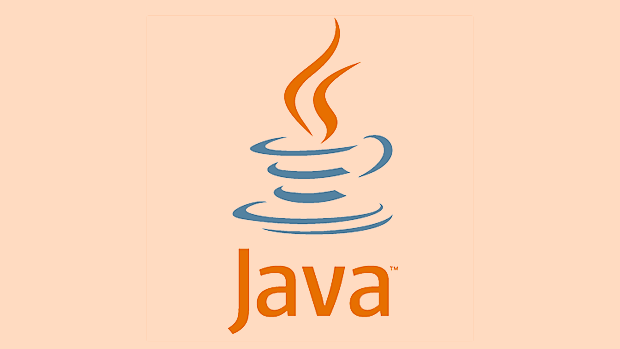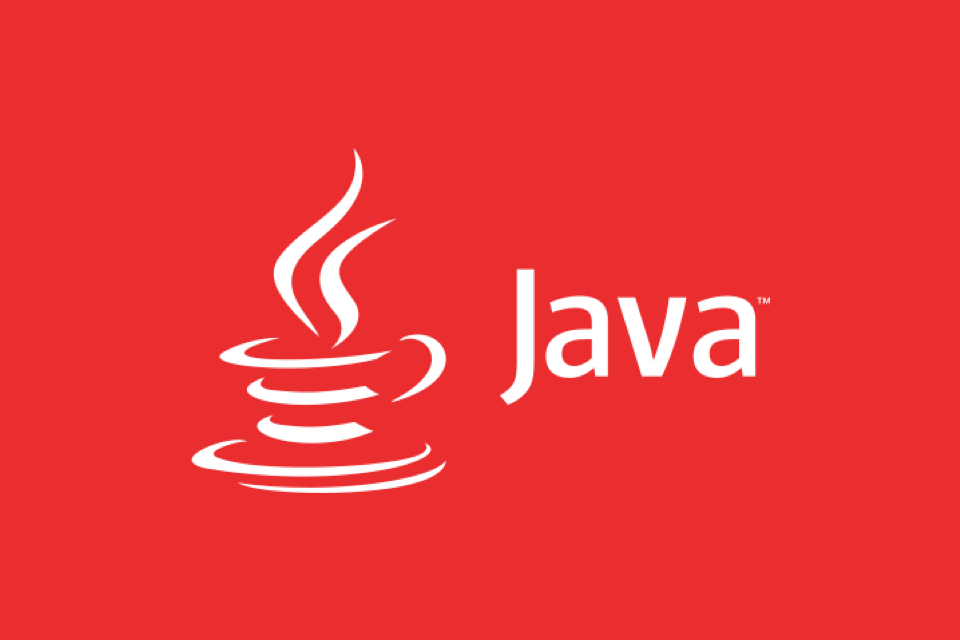How to Monitor a Java Application with Prometheus and Grafana
To monitor a Java application with Prometheus and Grafana, first instrument the app using Micrometer by adding micrometer-registry-prometheus and Spring Boot Actuator dependencies, then expose the /actuator/prometheus endpoint via configuration in application.yml. 2. Set up Prometheus by downloading it, configuring the prometheus.yml file to scrape the Java app’s metrics endpoint at /actuator/prometheus from target localhost:8080, and starting Prometheus to confirm metric collection via the expression browser. 3. Install Grafana, add Prometheus as a data source pointing to http://localhost:9090, and import a prebuilt dashboard such as ID 4701 or 12554 to visualize JVM and Spring Boot metrics including memory, garbage collection, threads, HTTP latency, and CPU usage. 4. Optionally, add custom business metrics using Micrometer’s MeterRegistry to create counters, timers, or gauges that can be queried in Prometheus and displayed in Grafana. 5. Ensure the Prometheus scraper can access the actuator endpoint, secure sensitive endpoints in production, and manage metric label cardinality to maintain performance. This setup provides a scalable, vendor-neutral observability solution for Java applications.

Monitoring a Java application with Prometheus and Grafana gives you real-time visibility into performance metrics like CPU usage, memory, garbage collection, and custom business logic. Setting this up involves instrumenting your Java app to expose metrics, configuring Prometheus to scrape them, and visualizing the data in Grafana. Here’s how to do it step by step.

1. Instrument Your Java Application with Micrometer
Micrometer is the standard library for exposing metrics in Java apps, especially with Spring Boot. It acts as a facade to various monitoring systems, including Prometheus.
Step 1: Add Dependencies

If you're using Maven, add these to your pom.xml:
<dependency>
<groupId>io.micrometer</groupId>
<artifactId>micrometer-core</artifactId>
</dependency>
<dependency>
<groupId>io.micrometer</groupId>
<artifactId>micrometer-registry-prometheus</artifactId>
</dependency>For Spring Boot 2.3 , just adding micrometer-registry-prometheus is enough — it auto-configures everything.

Step 2: Expose Metrics Endpoint
Micrometer automatically configures a /actuator/prometheus endpoint when:
- You have Spring Boot Actuator enabled
- The Prometheus registry is on the classpath
Add this to application.yml:
management:
endpoints:
web:
exposure:
include: health,info,prometheus,metricsNow when you run your app, visit http://localhost:8080/actuator/prometheus — you should see raw metrics in Prometheus format.
2. Set Up Prometheus
Prometheus will scrape metrics from your Java app at regular intervals.
Step 1: Download and Install Prometheus
Get Prometheus from prometheus.io/download.
Step 2: Configure prometheus.yml
Edit the config file to add your Java app as a scrape target:
scrape_configs:
- job_name: 'java-app'
metrics_path: '/actuator/prometheus'
static_configs:
- targets: ['localhost:8080']Make sure the target matches your app’s host and port.
Step 3: Start Prometheus
Run:
./prometheus --config.file=prometheus.yml
Go to http://localhost:9090 to access the Prometheus UI. Use the expression browser to test queries like:
jvm_memory_used_bytes
You should see live data from your app.
3. Visualize Metrics in Grafana
Grafana turns raw metrics into dashboards.
Step 1: Install and Run Grafana
Download from grafana.com, or use Docker:
docker run -d -p 3000:3000 --name=grafana grafana/grafana
Step 2: Add Prometheus as a Data Source
- Open
http://localhost:3000(default login: admin/admin) - Go to Configuration > Data Sources > Add data source
- Choose Prometheus
- Set URL to
http://host.docker.internal:9090(orhttp://localhost:9090if not in Docker) - Save & test
Step 3: Import a Java Monitoring Dashboard
Use a prebuilt dashboard for JVM metrics:
- Go to Create > Import
- Enter dashboard ID
4701(JVM (Micrometer)) or12554(Spring Boot Application) - Select your Prometheus data source
- Click Import
You’ll now see graphs for:
- Heap and non-heap memory
- Garbage collection time and count
- Thread count
- HTTP request latency
- CPU usage
4. Add Custom Metrics (Optional)
You can track business-specific metrics using Micrometer.
Example: Counting successful orders
@Autowired
private MeterRegistry registry;
public void onOrderProcessed() {
Counter counter = registry.counter("app.orders.success");
counter.increment();
}This creates a metric called app_orders_success_total, which you can query in Prometheus and display in Grafana.
You can also use timers, gauges, and distribution summaries for more complex tracking.
Final Notes
- Make sure your app’s
/actuator/prometheusendpoint is accessible from Prometheus (watch out for firewalls or Docker networks). - For production, secure your actuator endpoints (
management.endpoints.web.exposure.includeshould not expose sensitive endpoints publicly). - Use labels wisely — they increase cardinality, which can impact Prometheus performance.
Basically, with Micrometer Prometheus Grafana, you get a powerful, open-source observability stack for Java apps — no vendor lock-in, and it scales well.
The above is the detailed content of How to Monitor a Java Application with Prometheus and Grafana. For more information, please follow other related articles on the PHP Chinese website!

Hot AI Tools

Undress AI Tool
Undress images for free

Undresser.AI Undress
AI-powered app for creating realistic nude photos

AI Clothes Remover
Online AI tool for removing clothes from photos.

Clothoff.io
AI clothes remover

Video Face Swap
Swap faces in any video effortlessly with our completely free AI face swap tool!

Hot Article

Hot Tools

Notepad++7.3.1
Easy-to-use and free code editor

SublimeText3 Chinese version
Chinese version, very easy to use

Zend Studio 13.0.1
Powerful PHP integrated development environment

Dreamweaver CS6
Visual web development tools

SublimeText3 Mac version
God-level code editing software (SublimeText3)
 Comparing Java Frameworks: Spring Boot vs Quarkus vs Micronaut
Aug 04, 2025 pm 12:48 PM
Comparing Java Frameworks: Spring Boot vs Quarkus vs Micronaut
Aug 04, 2025 pm 12:48 PM
Pre-formanceTartuptimeMoryusage, Quarkusandmicronautleadduetocompile-Timeprocessingandgraalvsupport, Withquarkusoftenperforminglightbetterine ServerLess scenarios.2.Thyvelopecosyste,
 Volume keys on keyboard not working
Aug 05, 2025 pm 01:54 PM
Volume keys on keyboard not working
Aug 05, 2025 pm 01:54 PM
First,checkiftheFnkeysettingisinterferingbytryingboththevolumekeyaloneandFn volumekey,thentoggleFnLockwithFn Escifavailable.2.EnterBIOS/UEFIduringbootandenablefunctionkeysordisableHotkeyModetoensurevolumekeysarerecognized.3.Updateorreinstallaudiodriv
 How to compare two strings in Java?
Aug 04, 2025 am 11:03 AM
How to compare two strings in Java?
Aug 04, 2025 am 11:03 AM
Use the .equals() method to compare string content, because == only compare object references rather than content; 1. Use .equals() to compare string values equally; 2. Use .equalsIgnoreCase() to compare case ignoring; 3. Use .compareTo() to compare strings in dictionary order, returning 0, negative or positive numbers; 4. Use .compareToIgnoreCase() to compare case ignoring; 5. Use Objects.equals() or safe call method to process null strings to avoid null pointer exceptions. In short, you should avoid using == for string content comparisons unless it is explicitly necessary to check whether the object is in phase.
 How to join an array of strings in Java?
Aug 04, 2025 pm 12:55 PM
How to join an array of strings in Java?
Aug 04, 2025 pm 12:55 PM
Using String.join() (Java8) is the easiest recommended method for connecting string arrays, just specify the separator directly; 2. For old versions of Java or when more control is needed, you can use StringBuilder to manually traverse and splice; 3. StringJoiner is suitable for scenarios that require more flexible formats such as prefixes and suffixes; 4. Using Arrays.stream() combined with Collectors.joining() is suitable for filtering or converting the array before joining; To sum up, if Java8 and above is used, the String.join() method should be preferred in most cases, which is concise and easy to read, but for complex logic, it is recommended.
 python logging to file example
Aug 04, 2025 pm 01:37 PM
python logging to file example
Aug 04, 2025 pm 01:37 PM
Python's logging module can write logs to files through FileHandler. First, call the basicConfig configuration file processor and format, such as setting the level to INFO, using FileHandler to write app.log; secondly, add StreamHandler to achieve output to the console at the same time; Advanced scenarios can use TimedRotatingFileHandler to divide logs by time, for example, setting when='midnight' to generate new files every day and keep 7 days of backup, and make sure that the log directory exists; it is recommended to use getLogger(__name__) to create named loggers, and produce
 python pandas styling dataframe example
Aug 04, 2025 pm 01:43 PM
python pandas styling dataframe example
Aug 04, 2025 pm 01:43 PM
Using PandasStyling in JupyterNotebook can achieve the beautiful display of DataFrame. 1. Use highlight_max and highlight_min to highlight the maximum value (green) and minimum value (red) of each column; 2. Add gradient background color (such as Blues or Reds) to the numeric column through background_gradient to visually display the data size; 3. Custom function color_score combined with applymap to set text colors for different fractional intervals (≥90 green, 80~89 orange, 60~79 red,
 Computed properties vs methods in Vue
Aug 05, 2025 am 05:21 AM
Computed properties vs methods in Vue
Aug 05, 2025 am 05:21 AM
Computed has a cache, and multiple accesses are not recalculated when the dependency remains unchanged, while methods are executed every time they are called; 2.computed is suitable for calculations based on responsive data. Methods are suitable for scenarios where parameters are required or frequent calls but the result does not depend on responsive data; 3.computed supports getters and setters, which can realize two-way synchronization of data, but methods are not supported; 4. Summary: Use computed first to improve performance, and use methods when passing parameters, performing operations or avoiding cache, following the principle of "if you can use computed, you don't use methods".
 Advanced Conditional Types in TypeScript
Aug 04, 2025 am 06:32 AM
Advanced Conditional Types in TypeScript
Aug 04, 2025 am 06:32 AM
TypeScript's advanced condition types implement logical judgment between types through TextendsU?X:Y syntax. Its core capabilities are reflected in the distributed condition types, infer type inference and the construction of complex type tools. 1. The conditional type is distributed in the bare type parameters and can automatically split the joint type, such as ToArray to obtain string[]|number[]. 2. Use distribution to build filtering and extraction tools: Exclude excludes types through TextendsU?never:T, Extract extracts commonalities through TextendsU?T:Never, and NonNullable filters null/undefined. 3







